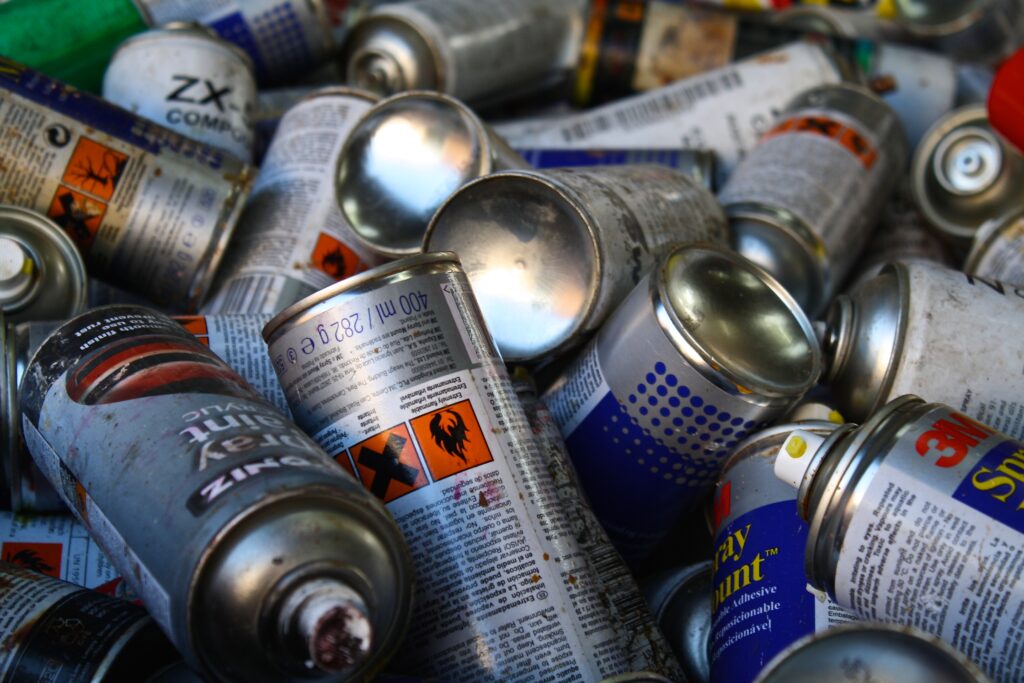
And to tackle the issue, the council will send out wardens and recycling officers to high priority areas to educate residents, once the pandemic becomes “less acute” in the coming months.
The rise was outlined in a report which was noted by the council’s West Area Committee yesterday, which analysed the operational difficulties waste services have faced during the pandemic.
It showed that the west district of the council usually collects approximately 1,900 tonnes of domestic waste and 544 tonnes of recycling per month.
The report says within the recyclable waste, the council usually see around 30% contamination made up of non-recyclable material, waste and organics.
Pandemic
However, throughout the Covid-19 pandemic, “this has increased to over 45% across the district”, the report reads. These areas are reported to have “side waste and lack of adherence to waste collection policies”.
The report added that the additional costs in comparison to pre-covid levels for collection and processing of waste is approximately £200,000 per month.
The forecast for domestic waste & recycling contamination waste assumes an additional cost of £2 million due to the effects of Covid-19.
‘Disappointing’
A spokesperson for Bradford council said: “It is disappointing that along with overall household waste tonnage, recycling contamination has risen sharply in some areas during the period of the pandemic and there are a variety of reasons for this.
“It is disappointing that along with overall household waste tonnage, recycling contamination has risen sharply.” – Bradford council
“With schools and many business premises closed, more people are at home and consequently generating more rubbish from their own premises. Some have used the household waste recycling sites to deposit their extra material while others have placed general waste in the recycling bin when their normal bins fill up.”
The spokesperson added that moving forward, it is hoping that “greater liaison” between bin crews, office staff, local wardens and recycling officers will be able to “reverse the trend” and help householders to push contamination levels back down again.
Changes to “recycling market quality” for mixed glass, has also played a part in the increase, as contractors are demanding higher quality material, which the council cannot produce without kerbside separations, and cleaner material in recycling bins.
Recycling officers
To tackle the issue, the council has decided to “increase coordination” between wardens and recycling officers with emphasis on “stronger communication links” with residents.
The council envisions that six locations will be prioritised for visits, and locations will be small enough to visit each household in a three hour time frame.
Each location will be visited the Friday before waste collection day, by a team of neighbourhood wardens, and in the first week, households will be receive a leaflet with “clear messaging” advising on recycling and sorting materials.
Then, on the day of waste collection, the recycling team will visit the area “checking, engaging and educating” residents.
Each week ward officers will send out “targeted communication” reiterating the messaging, which will include social media campaigns.
Collections
Data from Bradford show that the West district collects from 42,177 properties in Bradford West, with an average of 23kg per domestic bin which is above the Bradford average of 21kg per bin.
Bradford city council recorded a 39.5% recycling rate in 2018/19.











Subscribe for free